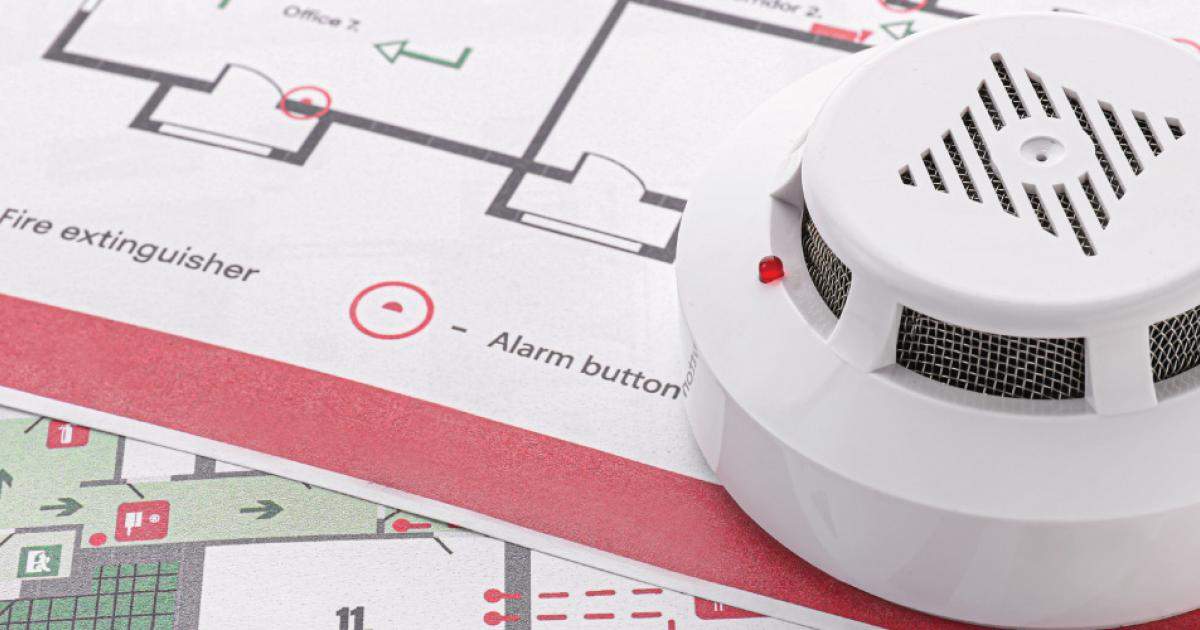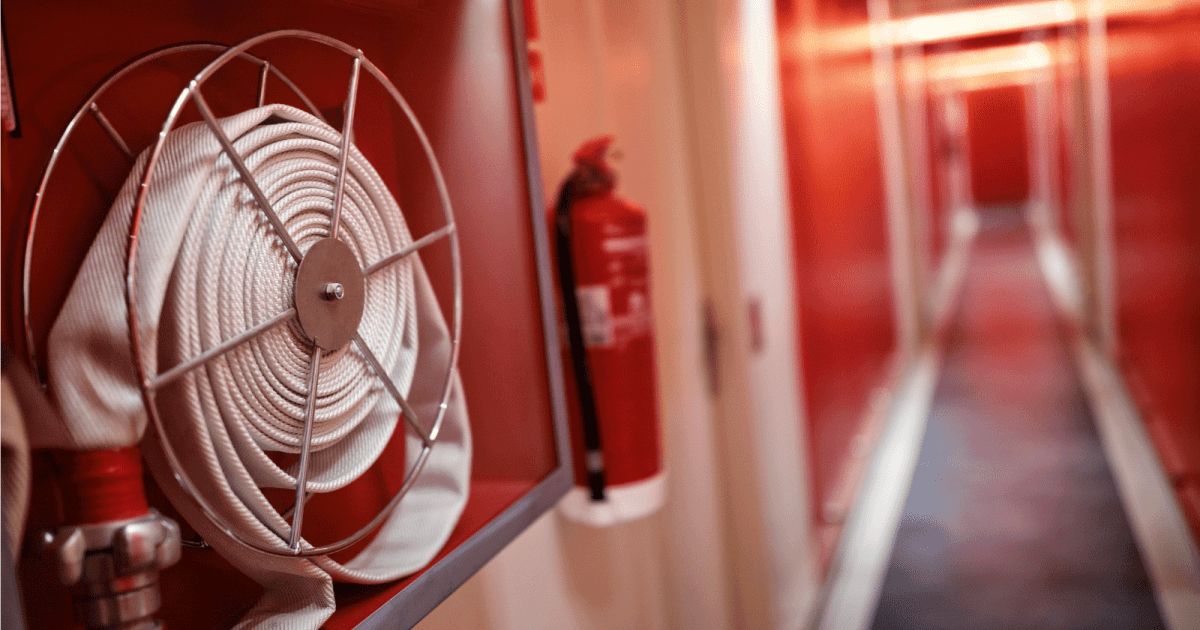Can you really design and construct a building that is powered 100 per cent by the sun, harvests all the rainwater it needs for use on site, is made only from locally sourced, non-toxic materials and is beautiful? Such is the boldness of the Living Building Challenge.
In today’s world, it is impossible to ignore the predictions of how climate change, biodiversity loss and ecological disasters will affect the world our children will inherit. Yet, instead of wallowing in the forecasts, it is essential to focus our energy on creating a more sustainable world.
One group taking up the challenge is the International Living Future Institute (ILFI), a not-for-profit working to build an ecologically-minded, restorative world for all people. ILFI is responsible for creating the Living Building Challenge (LBC), undoubtedly the world’s most rigorous green building standard.
The philosophy of LBC is based on the metaphor of seven ‘petals’: site, water, energy, health, materials, equity, and beauty. Like a flower, it is rooted in place and lives on the resources it has at hand. Living Buildings strive for net-zero or net-positive energy, net-zero environmental impact, and are free of toxic chemicals.

Credit: SOCAP Digital
To be certified under the Challenge, projects must meet a series of ambitious performance requirements over a minimum of 12 months of continuous occupancy. In contrast to other sustainability rating tools, LBC not only considers actual building performance instead of predicted performance, it also assesses the building in relation to social justice, health, universal access, environmental impact and more.
Given a recent rise in our customers enquiring whether our Earthwool® insulation is “Red List free” – and yes, it is – we thought we would pull together a few examples of Living Buildings around the world to fuel the conversation, and hopefully inspire more sustainable buildings. Enjoy!
Credit: COX Architecture
1. Sustainable Buildings Research Centre, University of Wollongong, NSW, Australia
Talk about leading by example. In 2016, the University of Wollongong’s Sustainable Buildings Research Centre was crowned Australia’s first certified Living Building under the LBC program, and what better way to inspire the country’s green building movement. This video gives a fantastic overview of the building’s credentials, but essentially you’re looking at a building that is net-zero energy, net-zero water, and made of materials that are benign, environmentally-friendly and sourced locally.

Credit: International Living Future Institute
2. Te Kura Whare, Tūhoe, Tāneatua, New Zealand
Te Kura Whare belongs to the people of Tūhoe and is a symbol of their story, a representation of their origin as an iwi: their past, present and future. It serves to evoke a new spirit of place and bring people back to positively connect with their land and environment, fostering long-term stewardship and responsibility. Certified in 2017, Te Kura Whare officially became New Zealand’s first Living Building under the Challenge.
The Tūhoe people aligned strongly with the ethos of the Living Building Challenge. For example, using as much of the local resources and labour as possible was important to the Tūhoe, not merely a requirement of the LBC. Be it pulling timber from the local forest to make the cladding, pulling mud from the rivers to make bricks, or employing locals to build it, the Tūhoe people lived and breathed this project.
Building highlights:
- 2 x 25,000L water storage tanks (no municipal water connect)
- Potable water for café, kitchen, bathrooms and external taps are filtered and UV-treated
- Greywater is filtered naturally via botanical wastewater treatment system and discharged on site
- 352 x 250W solar panels, estimated 125 MWh/yr
- Passive solar design informed the orientation, façade, glazing, insulation, and mass of the building to assist with daylight harvesting, passive ventilation, and heating
- Process of producing a practically Red List free specification became the main catalyst for bringing the Declare labelling system to NZ

Credit: Chandler Photography via International Living Future Institute
3. Desert Rain, Bend, Oregon, USA
Desert Rain is a private residential Living Building inspired by owner occupiers Thomas and Barbara Elliot, located on 0.2ha in Bend, Oregon, USA. The Elliots’ desire to build an extreme green dream home led them to the LBC and resulted in an exquisite home with graceful rooflines and a striking curved wall which greets visitors on approach, extends through the building, and exist on the opposite side.
Building highlights:
- 113,000L water storage tank with gravel filters, microfiltration and UV treatment (size appropriate for highly arid region)
- On-site greywater treatment though constructed wetland
- Centralised vacuum toilet composting system
- 65 x 255W solar panels, estimated 19.8 MWh/yr
- 35% of the project’s area used for food production
- Sufficient energy to charge two electric vehicles year-round
- Used local suppliers and craftspeople as much as possible
- Exterior plaster made almost entirely of local clay, straw and sand
- Thorough construction waste recycling program, incl separation, partnerships and training

Credit: International Living Future Institute
4. Loom House, Bainbridge Island, Washington, USA
Loom House is the first residential renovation in the world to be certified as a Living Building. Located on a picturesque bluff on Bainbridge Island in Washington, USA, the owners wanted to show how an older home can be interwoven with more resilient systems for the future, rather than razed and lost. The project comprises a main residence and a working/guest retreat, connected by an outdoor patio.
Building highlights:
- 37,800L rainwater storage tank, with on-site treatment equipment
- All wastewater is treated and discharged sub-surface as irrigation on site
- Replaced “leaky” windows with triple-pane glazing, blocked “thermal bridges”, and redesigned wall and roof assemblies to add insulation
- Replaced condensing boiler furnace with air-to-water heat pump that runs through the floors
- A single solar array (panels and capacity not stated) designed to create more energy than it uses
- Electric vehicle charging and bicycle storage added
- Local materials were used for landscape construction to reduce water use and maintenance
- Creation of mushroom foraging forest in response to shady nature of the site, plus a hazelnut grove and various berries for community sharing
- Access to nature abounds with walkways through native vegetation and beneath 100-year old trees
- Red List imperative extended beyond LBC requirements to the home’s interior and exterior furniture
Credit: Hampshire College
5. R.W. Kern Center, Amherst, Massachusetts, USA
The R.W. Kern Center is the 17th Living Building in the world. Meeting the LBC’s stringent requirements has meant that this building not only furthers Hampshire College’s broad sustainability objectives, it serves as a living laboratory where students and the public study its innovative systems and performance.
As with all Living Buildings, the R.W. Kern Center generates, collects and treats its own water, is net-zero energy, and is built with local, non-toxic, and low-carbon materials. You can even view an interactive dashboard that shows the building’s live water and energy use, emissions and air quality data. The video above gives an excellent overview of how the project managed to meet each of the LBC imperatives.
We hope you have enjoyed exploring this collection of Living Building Challenge projects. These are just five of the 27 certified Living Buildings listed on the ILFI website, but we hope they have piqued your interest to explore further.
As a sustainability-minded global manufacturer of “Red List free” insulation, we are proud to support architects, builders and renovators who wish to pursue sustainable building design and energy efficiency solutions, be it through Living Building Challenge, LEED or GreenStar.
For more information, we invite you to contact our Asia Pacific team located in Brisbane, Australia on +61 7 3393 7300.



